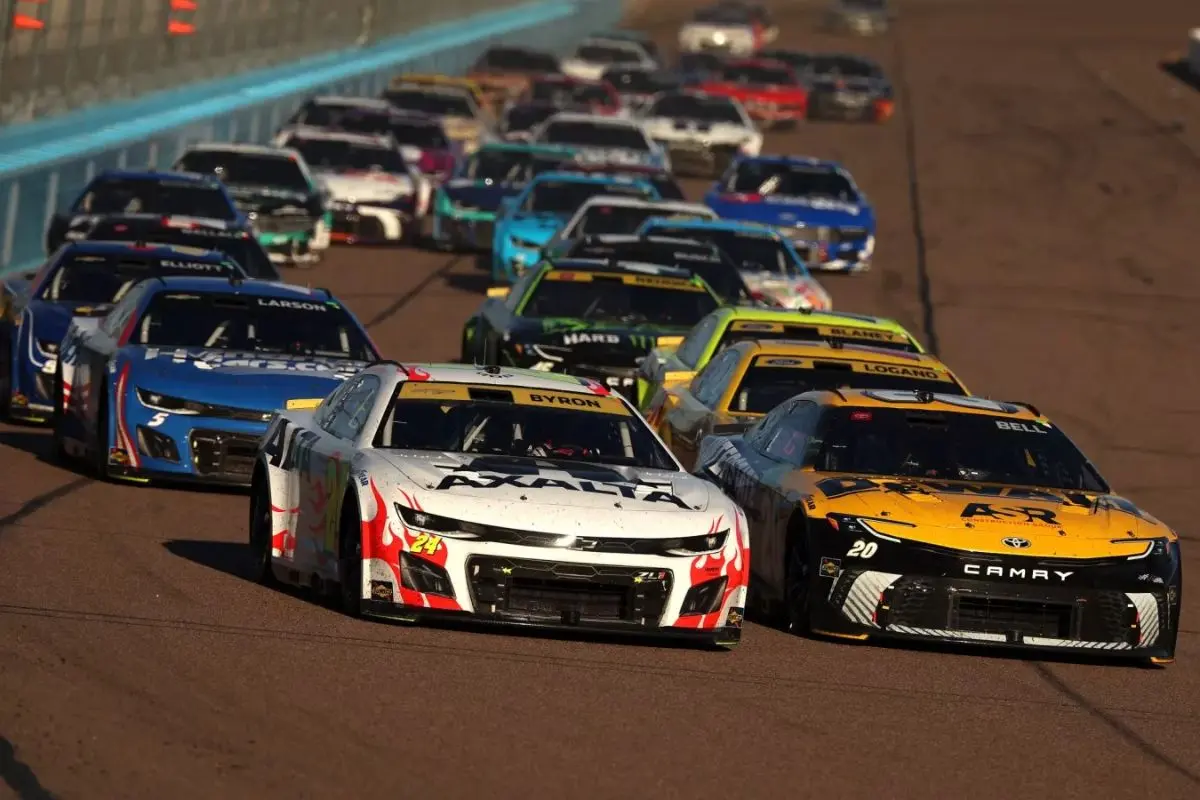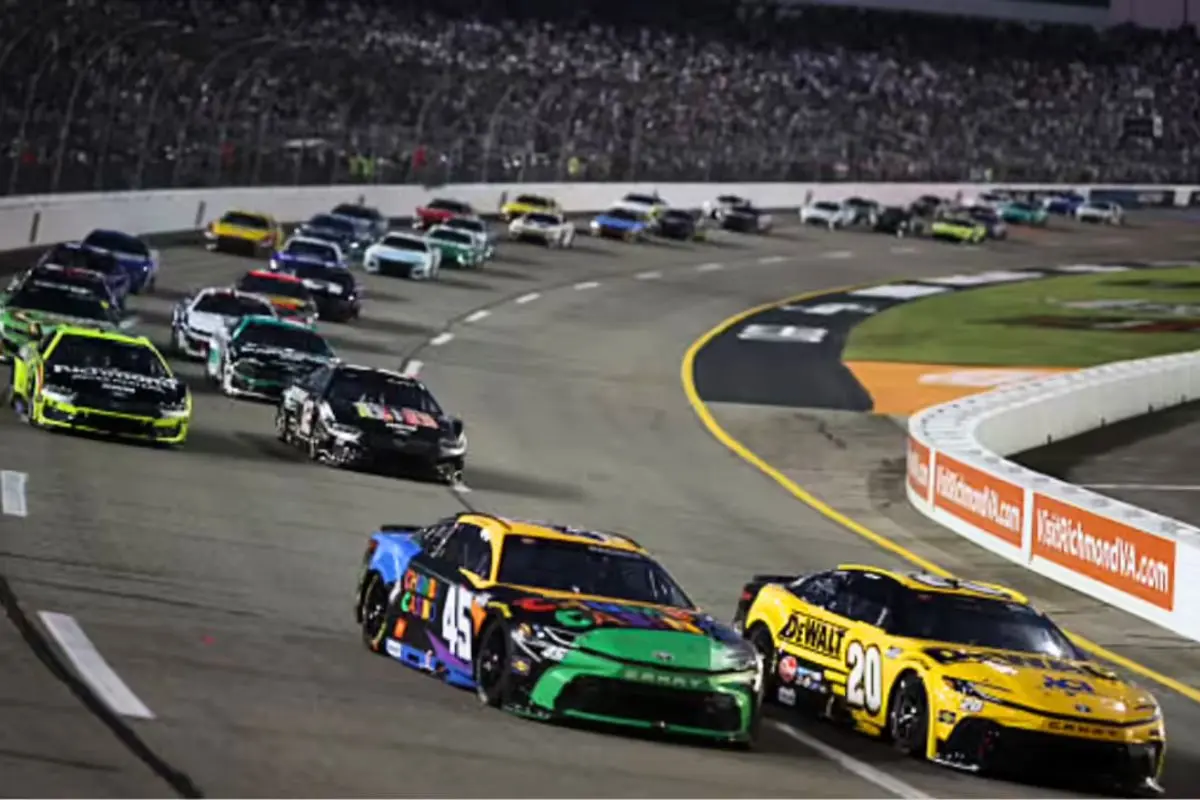NASCAR’s commercial landscape has undergone significant transformation in recent years, driven by groundbreaking sponsorship agreements and pivotal television rights deals. These contracts have not only infused the sport with fresh capital but also dramatically reshaped how NASCAR connects with fans, expands its audience, and positions itself in an increasingly competitive sports market. Examining key deals reveals the tangible ways these partnerships have changed the sport.
Landmark Sponsorship Deals and Their Impact
One of the most notable sponsorship agreements in recent history is the multi-year extension between NASCAR and Monster Energy, which began in 2017 and lasted until 2019. This deal marked a transition when Monster Energy replaced Sprint as the title sponsor of NASCAR’s premier series, rebranding it as the Monster Energy NASCAR Cup Series.
The partnership injected youthful energy into the sport with aggressive marketing campaigns targeting younger demographics, including crossover events with music festivals and esports tournaments. Consequently, Monster Energy’s involvement coincided with a 10% increase in social media engagement metrics for NASCAR, sparking renewed interest among millennials.
In 2023, Busch Beer returned as the title sponsor of the NASCAR Cup Series after a decade away, bringing significant brand activations that included extensive on-site fan experiences, digital campaigns, and collaborations with popular influencers. This deal was valued at approximately $15 million annually and has bolstered NASCAR’s adult fanbase while modernizing the sport’s image.
Moreover, Goodyear, the exclusive tire supplier since NASCAR’s inception, reaffirmed its long-term partnership with NASCAR through 2030. This collaboration ensures stability in a critical technical aspect of the sport while providing Goodyear with extensive branding and advertising visibility both at tracks and in broadcast presentations.

TV Rights Deals: Expanding Reach and Enhancing Presentation
The 2015–2024 media rights deal, valued at approximately $8.2 billion, between NASCAR and broadcasters FOX Sports, NBC Sports, and their affiliates set new standards in motorsport broadcasting. It expanded NASCAR’s coverage from traditional TV to an integrated multi-platform strategy including streaming services like Peacock and Fox Sports Go, enhanced digital content, and interactive graphics such as real-time race telemetry, 3D car models, and augmented reality (AR) overlays.
These technological innovations contributed to retaining and gradually expanding NASCAR’s audience despite the general decline of cable TV viewership. According to Nielsen data, the average viewership per race stabilized around 3.5 million, and NASCAR’s digital engagement, including streaming and social media, grew by over 45% between 2018 and 2023. Notably, Peacock’s exclusive streaming of the 2022 Coke Zero Sugar 400 was viewed by over 800,000 fans, marking a milestone in digital consumption.
Additionally, the multi-year extension signed in 2024 continues to prioritize inclusivity by increasing coverage of the NASCAR Xfinity Series and Camping World Truck Series on digital platforms. This approach aims to engage grassroots fans and attract younger viewers with more behind-the-scenes content and driver-focused storytelling.
How These Deals Changed NASCAR
- Broadened Demographic Reach: The combination of sponsorship innovation and multi-platform broadcasting has significantly diversified NASCAR’s fan demographics. The sport has seen a 20% increase in fans aged 18-34 since 2017, largely credited to savvy digital engagement and marketing campaigns by sponsors backed by broadcast partners.
- Enhanced Fan Engagement: New broadcast features enable real-time fan interaction through apps and social media integrations. Fantasy NASCAR, driver Q&As streamed live, and exclusive pit access content deepen fans’ connection to the sport while creating more measurable exposure for sponsors.
- Increased Global Exposure: NASCAR’s broadcasting footprint has expanded from North America to include markets across Europe, Asia, and Latin America. Partnerships with international broadcasters have quadrupled global viewers since 2015. Streaming platforms have enabled NASCAR to tap into esports audiences worldwide, with events like the eNASCAR Heat Pro League attracting over half a million viewers internationally.
- Financial Stability and Investment in Innovation: Growth in sponsorship and TV revenues has allowed NASCAR teams to invest in state-of-the-art technology, including data analytics, aerodynamics research, and safety improvements such as the Next Gen car introduced in 2022. This investment has leveled the competitive field and improved on-track product quality, translating to closer races and more exciting broadcasts for fans.
- Integrated Branding and Sponsorship Metrics: The evolving media landscape allows sponsors to track engagement in real-time, combining ratings data, social media analytics, and digital interactions. This integration fosters smarter marketing strategies and higher ROI, making NASCAR sponsorships more attractive to a broader range of companies.
Challenges and Future Outlook
Despite these gains, NASCAR still faces challenges, including media fragmentation and competition from other sports and entertainment forms. Maintaining a balance between honoring longstanding sponsor commitments and innovating digital content remains a key challenge.
Experts predict that future TV deals will further embrace virtual reality (VR), personalized viewing experiences, and direct-to-consumer streaming options, offering fans more control and deeper immersion. Similarly, sponsors are expected to leverage AI-driven personalization and influencer partnerships more extensively.

News in Brief: NASCAR Transformed The Impact of New Sponsorship and TV Deals
NASCAR’s landmark sponsorship agreements—like the return of Busch Beer and the Monster Energy era—and the transformative multi-platform TV rights deals with FOX and NBC have fundamentally changed how the sport is consumed and commercialized. These partnerships foster diversified audiences, technological innovation, and financial robustness, ensuring NASCAR’s vitality well into the future.
By continuously adapting its sponsorship and broadcast strategies, NASCAR strengthens its position as a premier motorsport and entertainment entity in an evolving media landscape—ready to engage the next generation of fans worldwide.
This comprehensive analysis draws from industry data and expert insights, underscoring the critical role of strategic media and sponsorship partnerships in shaping NASCAR’s modern identity and growth trajectory.
